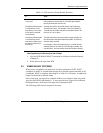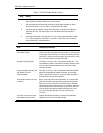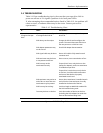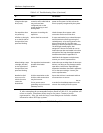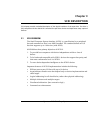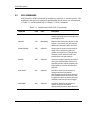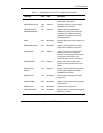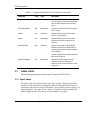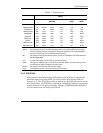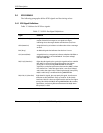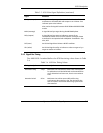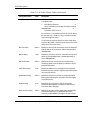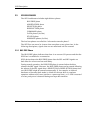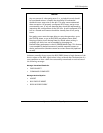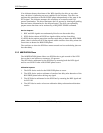
SCSI Description
Quantum DLT 7000 Tape System 3-5
Table 3–2 Signal Sources
Signals
Bus Phase BSY SEL C/D I/O
MSG REQ
ACK ATN DB(7–0)
DB(P)
DB(15-8)
DB(P1)
BUS FREE None None None None None None
ARBITRATION All Winner None None S ID S ID
SELECTION I&T Init None Init Init Init
RESELECTION I&T Targ Targ Init Targ Targ
COMMAND Targ None Targ Init Init None
DATA IN Targ None Targ Init Targ Targ
DATA OUT Targ None Targ Init Init Init
STATUS Targ None Targ Init Targ None
MESSAGE IN Targ None Targ Init Targ None
MESSAGE OUT Targ None Targ Init Init None
All: The signal is driven by all SCSI devices that are actively arbitrating.
SCSI ID: Each SCSI device that is actively arbitrating asserts its unique SCSI ID bit. The other
seven (or fifteen) data bits are released. The parity bit DB(P or P1) can be released or
driven true, but is never driven false during this phase.
I&T: The signal is driven by the initiator, drive, or both, as specified in the SELECTION and
RESELECTION phase.
Init: If driven, this signal is driven only by the active initiator.
None: The signal is released; that is, not driven by any SCSI device. The bias circuitry of the
bus terminators pulls the signal to the false state.
Winner: The signal is driven by the winning SCSI device.
Targ: If the signal is driven, it is driven only by the active drive.
3.3.2 SCSI ID Bits
SCSI permits a maximum of eight SCSI devices on a SCSI bus (16 devices are
permitted when using wide SCSI). Each SCSI device has a unique SCSI ID
assigned to it. This SCSI ID provides an address for identifying the device on the
bus. On the drive, the SCSI ID is assigned by configuring jumpers or connecting
remote switches to the option connector. Chapter 2, Hardware Implementation
has full instructions for setting the SCSI ID.



